Part Analysis
| General Data | |
| Manufacturer (OEM) | FSP |
| PCB Type | Double-Sided |
| –Primary Side | |
| Transient Filter | 4x Y caps, 2x X caps, 2x CM chokes, 1x MOV |
| Inrush Protection | NTC Thermistor & Relay |
| Bridge Rectifier(s) |
2x Yangjie GBJ1508 (800V, 15A @ 87°C)
|
| APFC MOSFETs |
2x Toshiba TK20A60W (600V, 20A @ 25°C, Rds(on): 0.155Ohm)
|
| APFC Boost Diode |
1x DSC06C065 (650V, 6A @ 25°C)
|
| Bulk Cap(s) |
2x Elite (420V, 330uF each or 660uF combined, 2000h @ 105°C, PL(M))
|
| Main Switchers |
2x STMicroelectronics STF24N60DM2 (650V, 11A @ 25°C, Rds(on): 0.200Ohm)
|
| IC Driver | Novosense NSI6602 |
| APFC Controller |
Champion CM6500UNX
|
| Resonant Controller | Champion CM6901X |
| Topology |
Primary side: APFC, Half-Bridge & LLC Resonant Converter
Secondary side: [12V] Synchronous Rectification & [Minor Rails] DC-DC converters |
| Secondary Side | |
| +12V MOSFETs | 6x Secos SPR170N04SV-C (40V, 94A @ 100°C, Rds(on): 1.8mOhm) |
| 5V & 3.3V | DC-DC Converters: 4x Nexperia PSMN3RO-30YLD (30V, 100A @ 25°C, Rds(on): 3.1mOhm) PWM Controller(s): ANPEC APW7159C |
| Filtering Capacitors | Electrolytic: 3x Elite (2,000 @ 105°C, EL) 2x Elite (2-5,000 @ 105°C, ED) 1x Elite (4-10,000 @ 105°C, EY) 2x Elite (3-6,000 @ 105°C, EV) Polymer: 19x Apaq, 8 Elite (CS), 9x Biostar |
| Supervisor IC | IN1S4241-SDG (OCP, OVP, UVP, SCP, PG) |
| Fan Controller | Grenergy GR8031 |
| Fan Model | BQ QF2-12025-MS (120mm, 12V, 0.20A, Rifle Bearing Fan) |
| 5VSB Circuit | |
| Synchronous Rectification Driver |
Leadtrend LD8926AA13 Synchronous Rectification IC
|
The OEM is FSP, which has a good cooperation with be quiet! all these years. The platform will most likely be used only by be quiet! products, meaning that you won’t find it under another brand’s label. The relatively small PCB has ample space between parts for good airflow, so the fan doesn’t have to spin at high speeds to remove the heat from the internals. The heatsinks are also large enough to help remove heat without requiring increased airflow. The overall build quality is high, and FSP used good, yet not overly expensive, parts, including Elite caps, to keep production costs under control.
On the primary side, we find the typical staff: an APFC converter, a half-bridge topology, and an LLC resonant converter for the primary and the 12V FETs. On the secondary side, a synchronous rectification scheme and a pair of VRMs are used for the generation of the minor rails. Moreover, the fan utilizes a dedicated can controller, which enables it to spin at very low speeds, thereby keeping the noise output low.
The transient filtering stage contains all the necessary components to block both incoming and outgoing EMI emissions. Typically, it starts at the AC receptacle and continues on the main PCB.
There is an MOV to protect from voltage surges and an NTC thermistor. Moreover, a bypass relay supports the NTC thermistor.
The two GBJ1508 parallel bridge rectifiers can handle up to 30A together.
The APFC converter uses two Toshiba TK20A60W FETs and one DSC08C065 boost diode. Elite manufactures the bulk capacitors. Their combined capacity is 660 μF, and they are rated for 2,000 hours at 105 °C. Their voltage rating is high enough at 420V. Remember the APFC’s DC bus voltage is approximately 380V DC.
The APFC controller is a Champion CM6500UNX.
The two STMicroelectronics STF24N60DM2 primary switching FETs are installed in a half-bridge topology, and an LLC resonant converter is utilized to achieve higher efficiency.
The LLC resonant controller is a Champion CM6901X.
The PSU’s main transformer. One of its main functions is to isolate the primary and secondary sides electrically.
Six Secos SPR170N04SV-C FETs regulate the 12V rail. They are installed on the solder (rear) side of the main PCB.
Two DC-DC converters generate the minor rails. They use four Nexperia PSMN3RO-30YLD FETs. The PWM controller is an ANPEC APW7159C.
All electrolytic caps are by Elite. The polymer caps are by Apaq, Elite, and Biostar.
You can find more information about capacitor performance and other specs below:
The standby PWM controller is a LeadTrend LD8926AA13.
Several polymer caps at the face of the modular panel form an extra ripple-filtering layer.
The soldering quality is generally good.
The supervisor IC is an IN1S4241-SDG.
The cooling fan is a BQ QF2-12025-MS, utilizing a rifle bearing. The dedicated controller enables easy adjustment of the fan’s speed profile, allowing it to spin at low speeds.
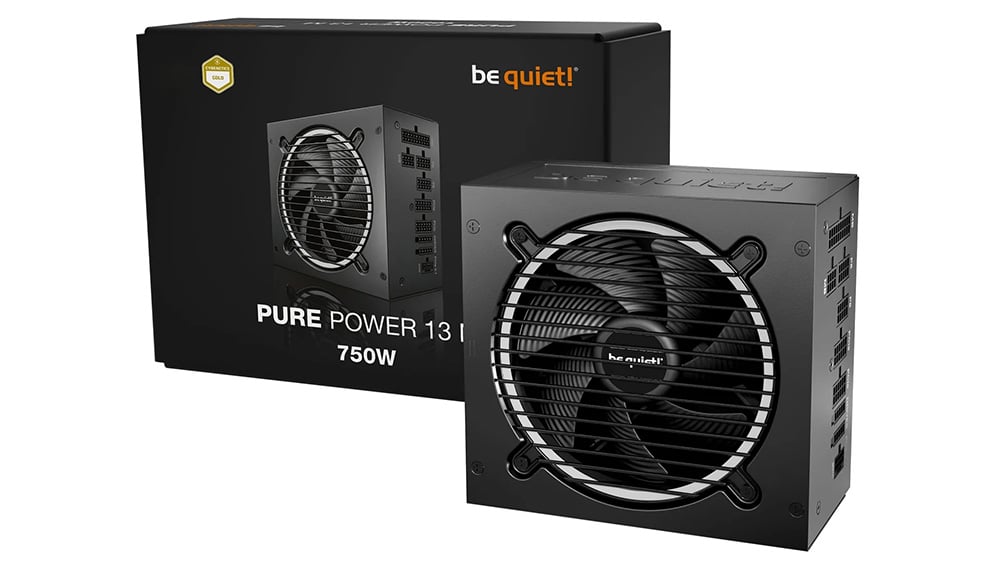
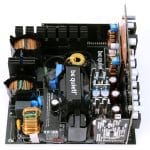
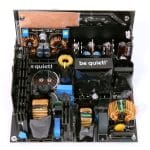
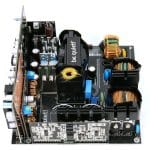
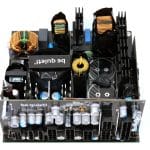
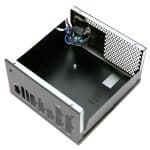
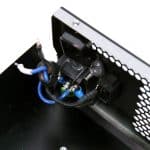
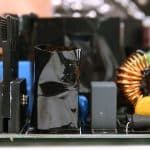
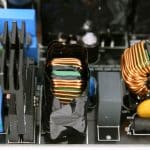
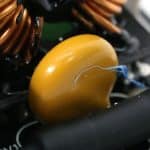
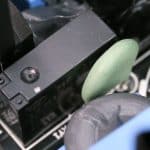
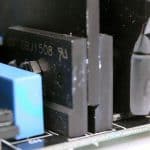
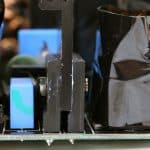
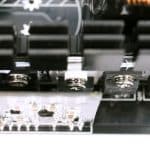
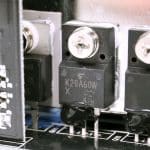
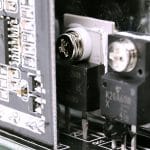
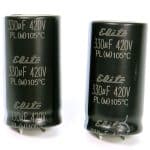
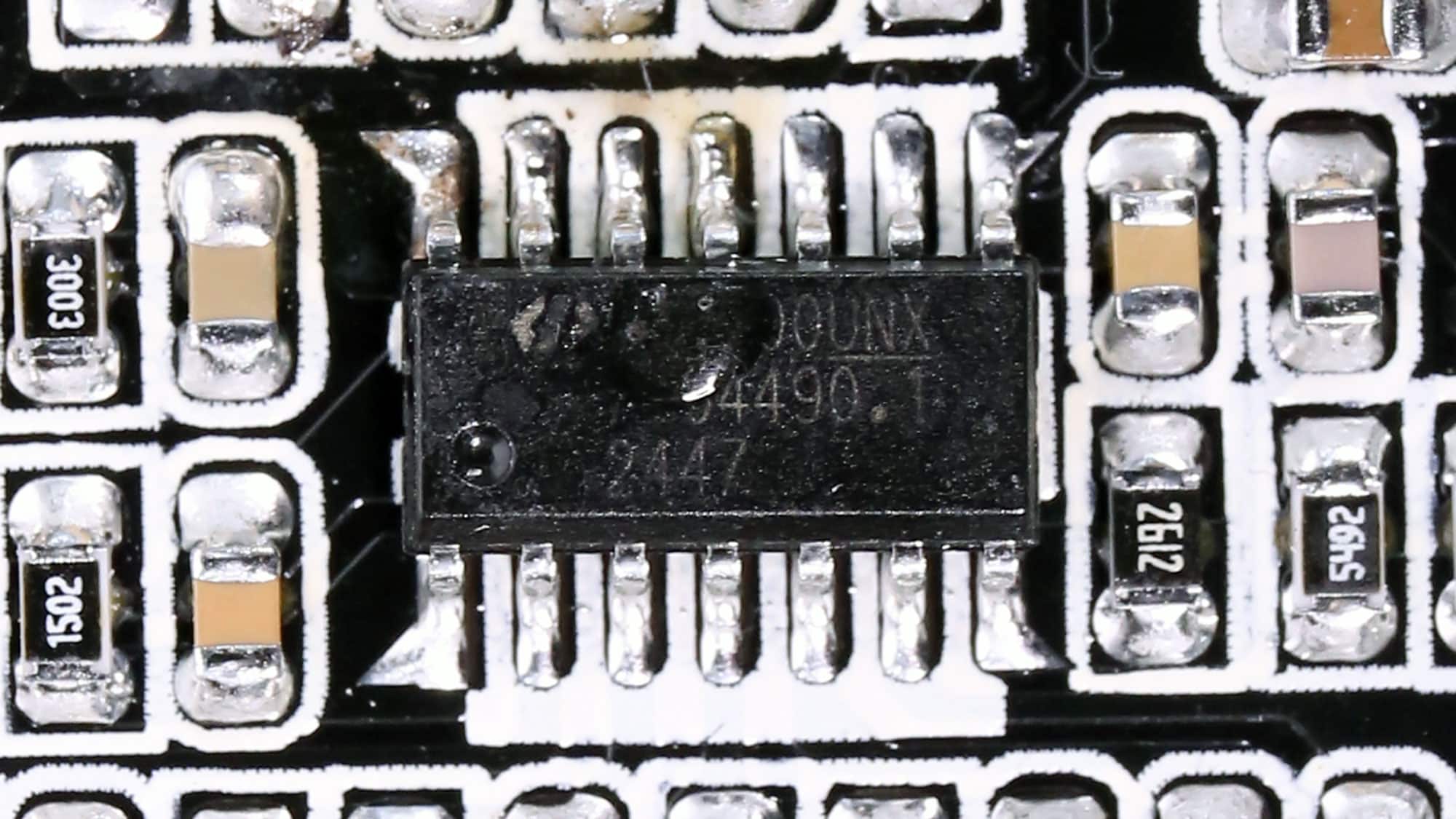
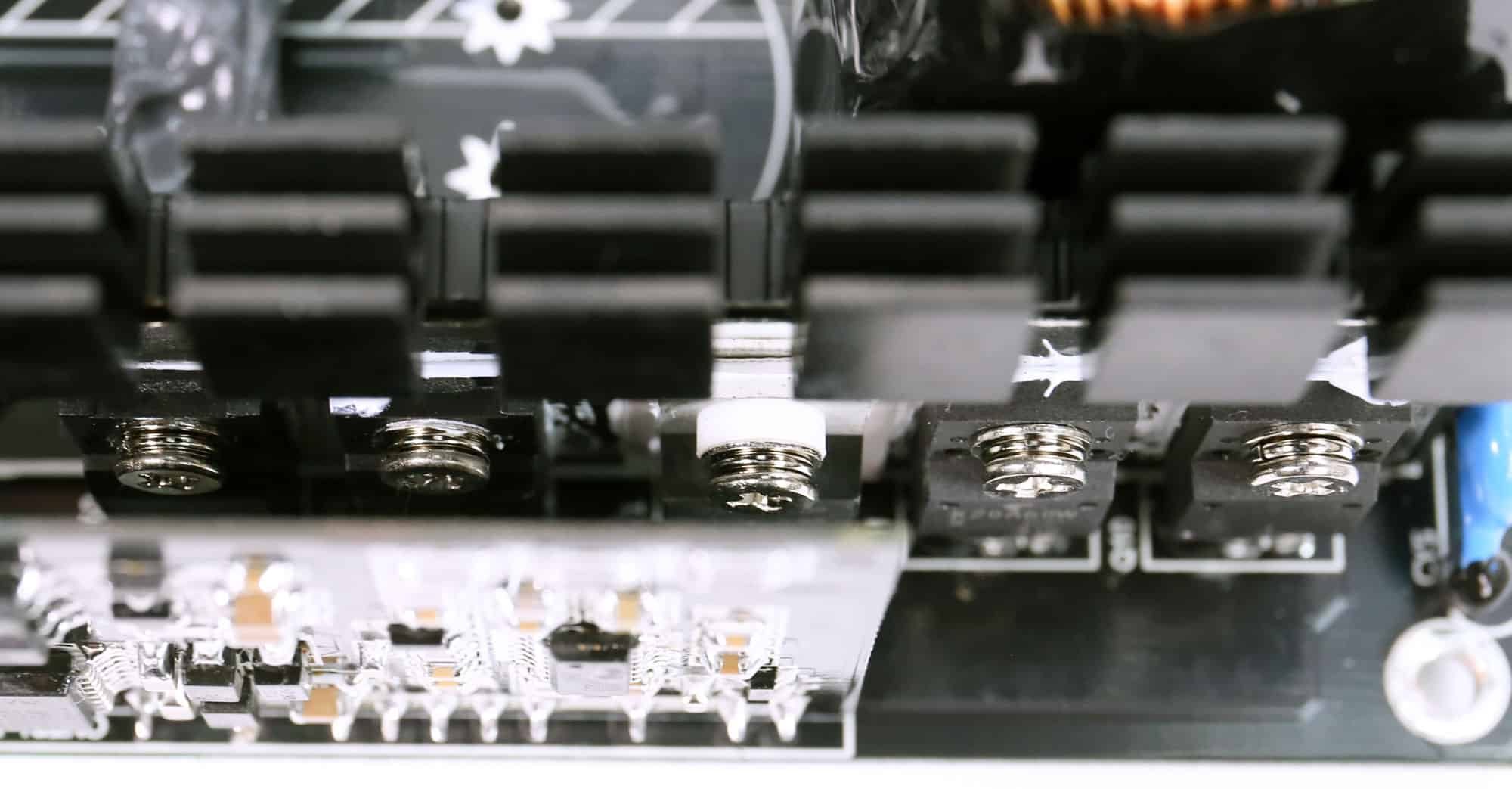
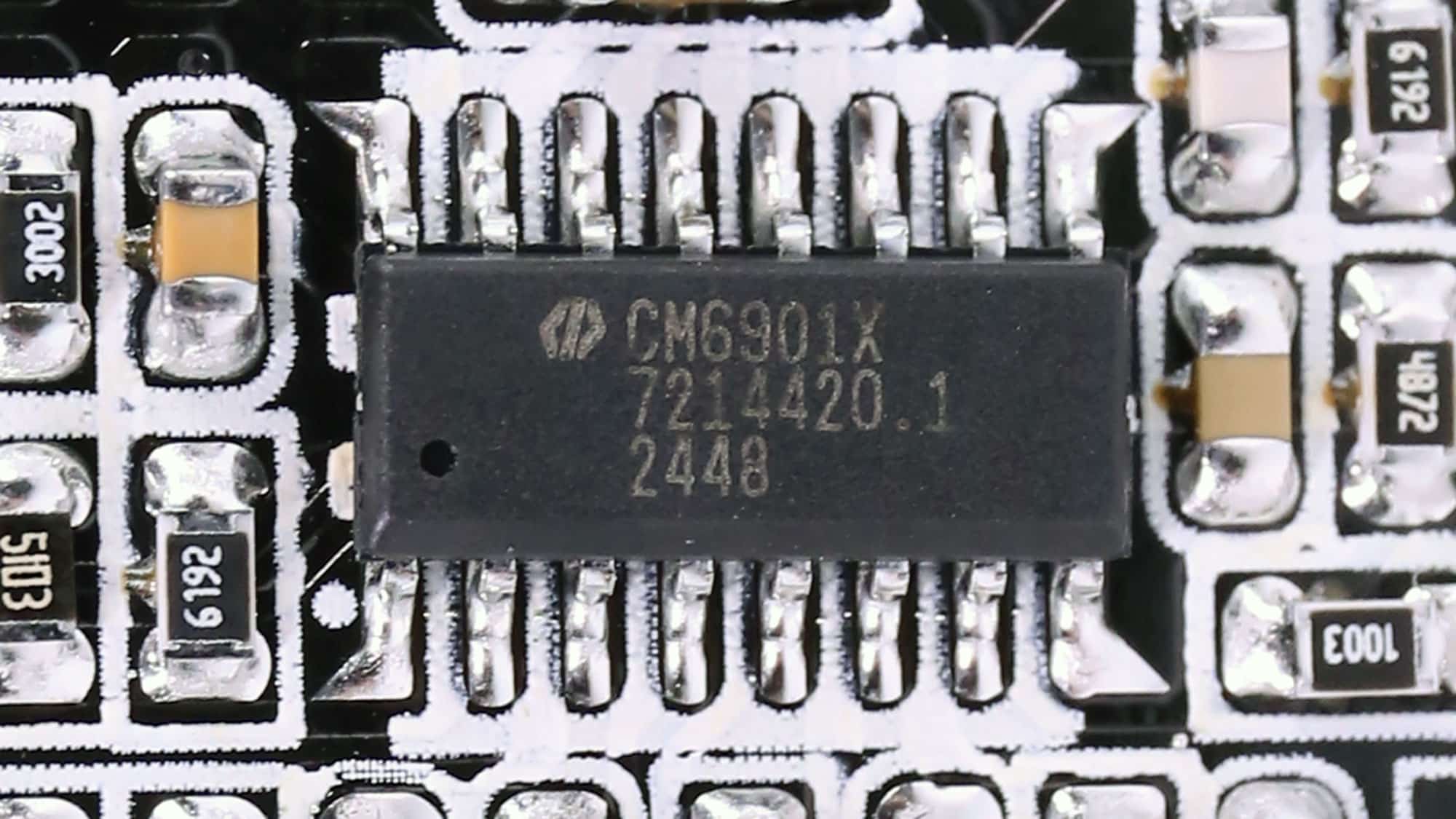
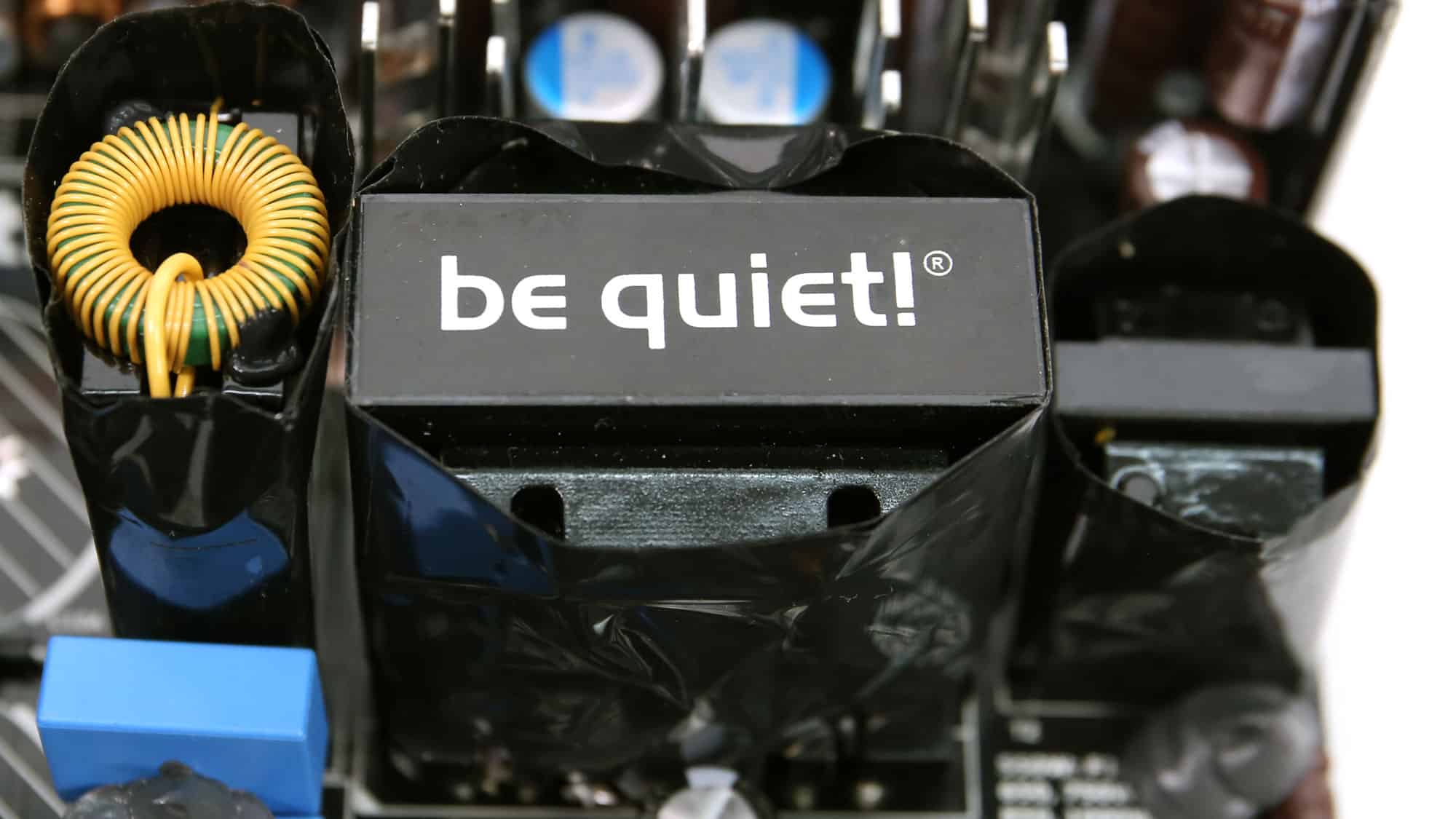
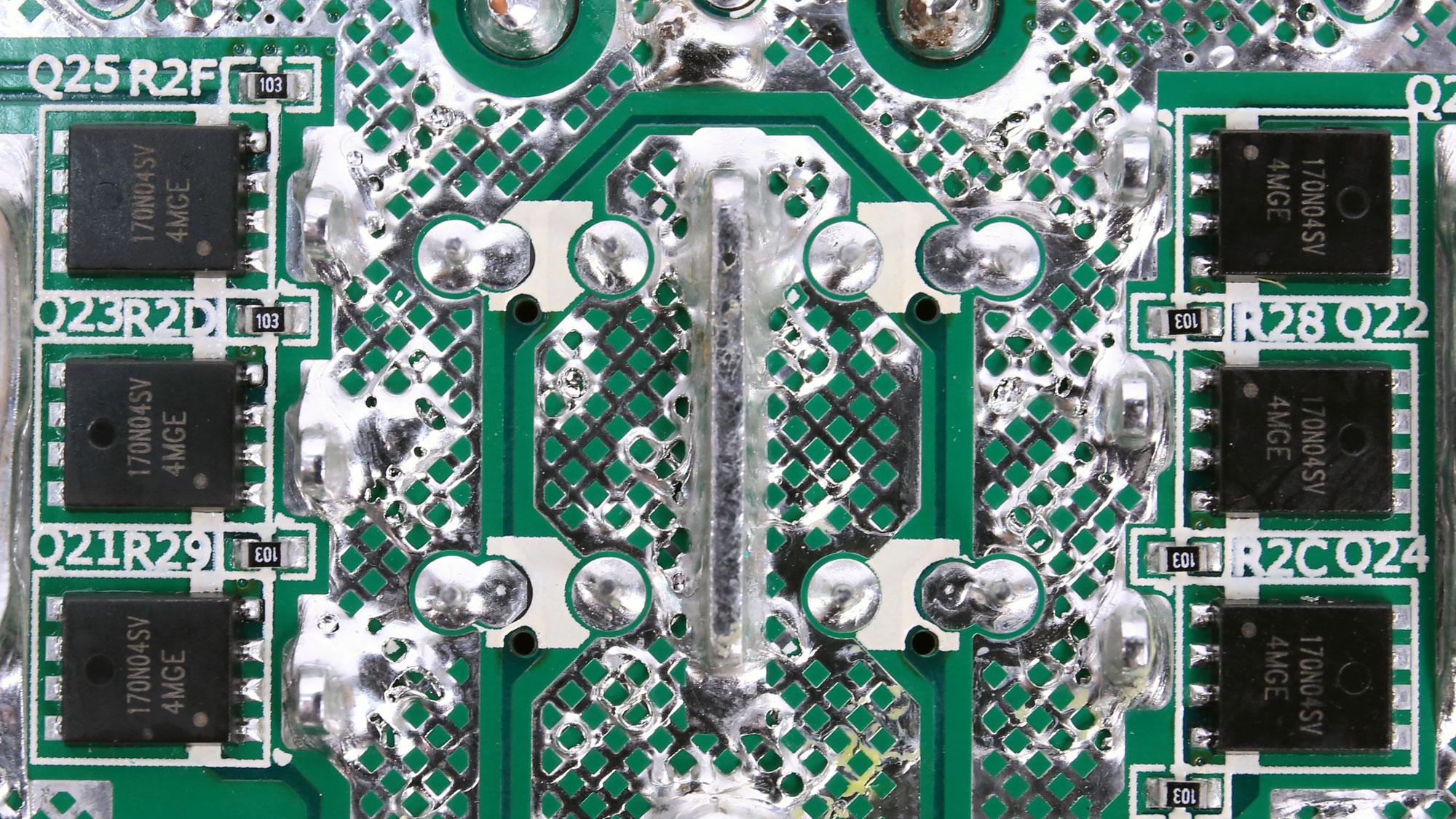
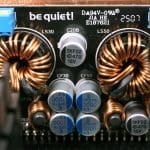
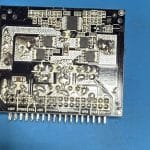
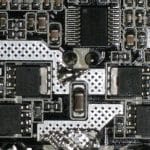
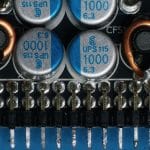
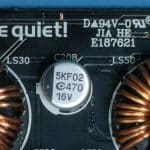
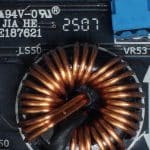
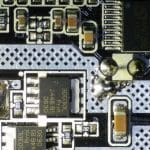
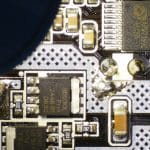
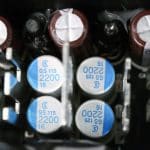
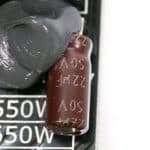
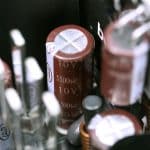
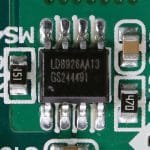
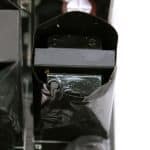
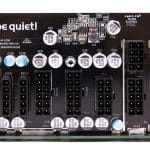
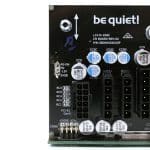
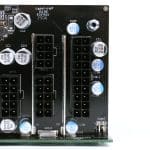
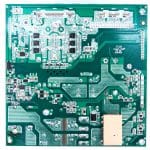
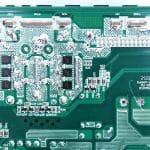
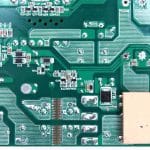
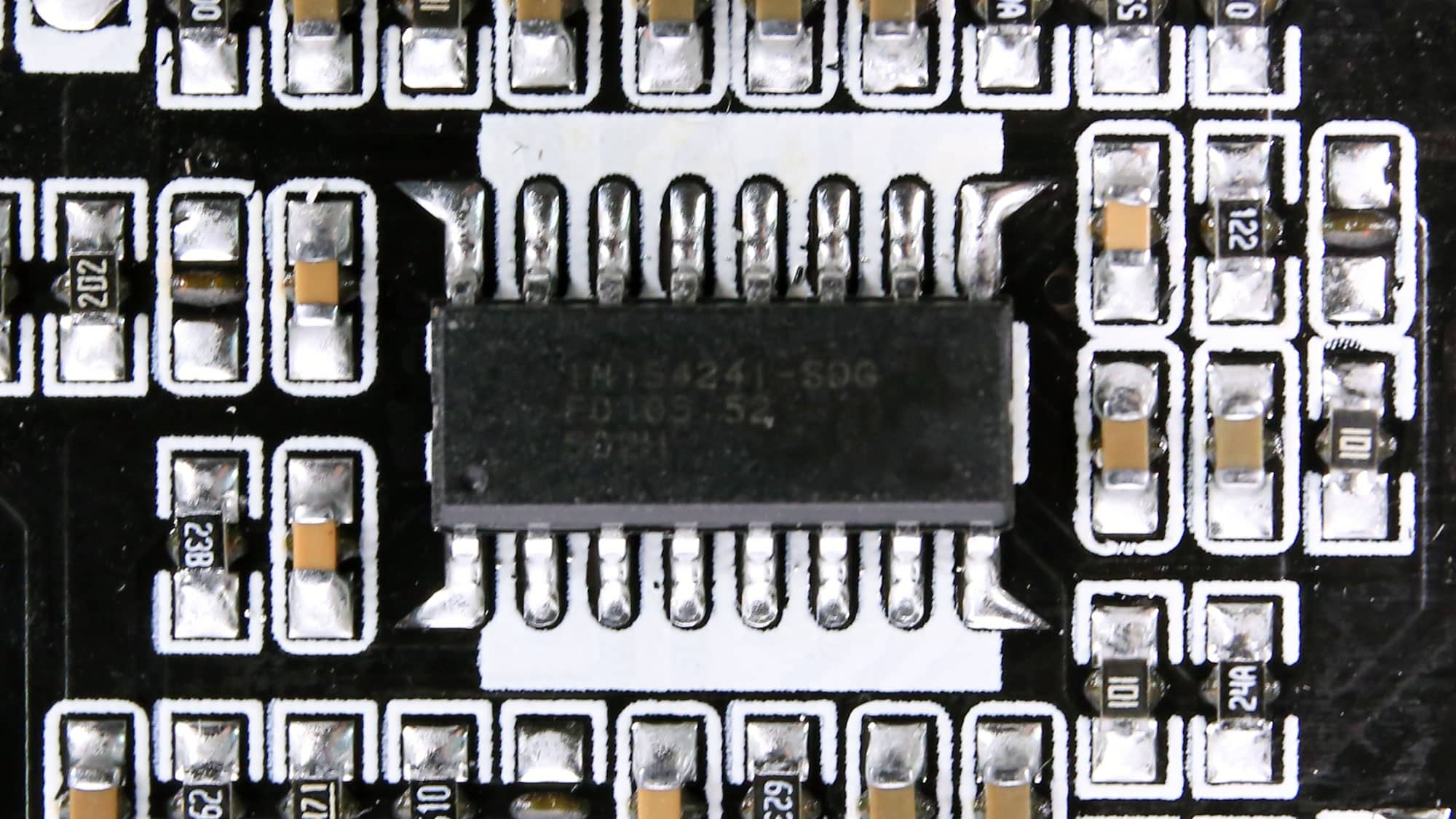
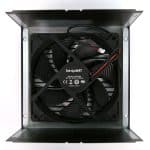

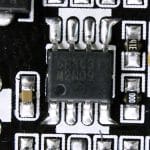
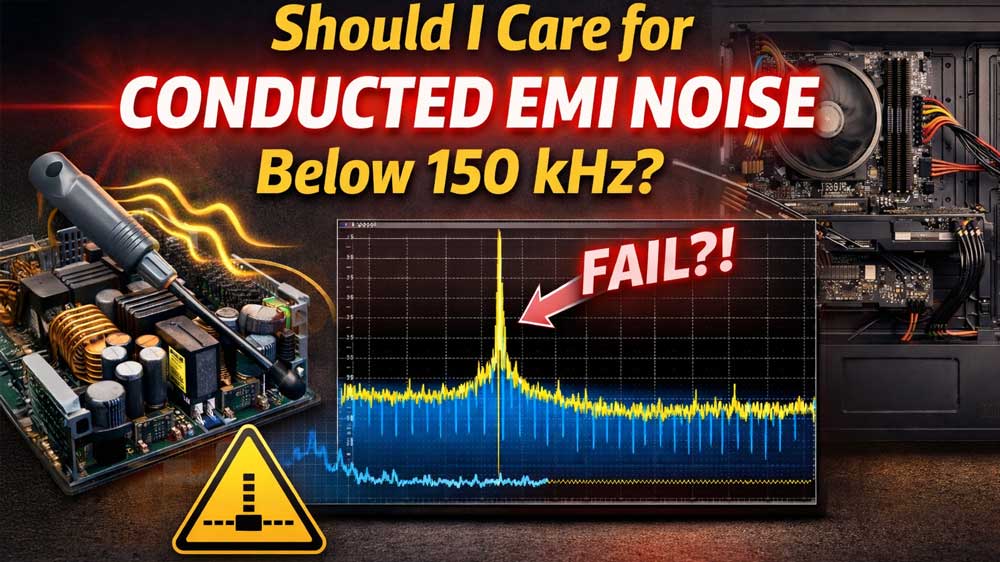
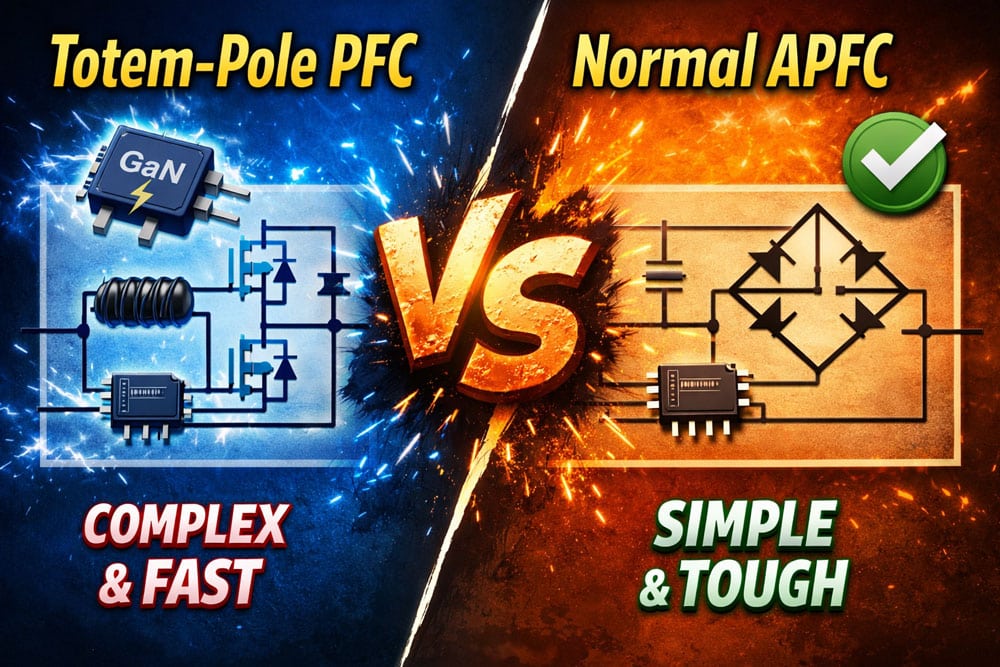
Interesting that this 750w version of the Be Quiet Pure Power 13m has much high in-rush current than the shown in the 650w PSU review. 71.5A versus 25.68A .
Yes, inrush current depends on the capacity of the bulk caps and also the technique and equipment used to measure it 🙂
I measured about 6.1amp of inrush current with a TESMEN TCM-300D clamp meter on a leg of the power cord. 13m 750w, what a beast! Fan still didn’t come on after 15 minutes of 300w load on 12v rail!
I have a be quiet! Pure Power 13 M 750W. According to the specs, it has semi-passive Zero-RPM cooling, so the fan stops at low load and spins up only when needed.
My system: RTX 5060 Ti + i7-8700.
I tested with FurMark + Prime95 for 5 minutes, GPU at 100%, CPU fully loaded.
Total system power draw should be around 250–300W.
The fan still didn’t spin, and when I touched the PSU afterwards, it was cool to the touch.
My concern:
I expected the fan to start under such load.
I was worried the fan might be faulty.
But since the PSU stays cool even under stress, it seems the fan only kicks in at higher temperature thresholds, not just based on wattage.
Hello,
I’m reaching out regarding your review of the Be quiet! PURE POWER 13M 650W power supply. I own this unit and have noticed a strong chemical or plastic-like odor during normal operation, especially under load.
I’ve already contacted the manufacturer, and they suggested I return the unit for inspection. However, I’m hesitant to do so, as I’m concerned the issue might be considered “normal” and the warranty claim could be rejected.
That’s why I’d like to ask: Did you notice any unusual smell from the unit during your testing? Or have you encountered similar behavior with other Be quiet! power supplies?
Your feedback would be very helpful in deciding how to proceed. I really appreciate the work you do — your reviews are always a valuable resource.
Best regards,
Hi! In some new units there can be such an odor, but because in our lab we are used to it, we don’t pay special attention.
What would you recommend between an XPG Core Reactor II, be quiet! Pure Power 13M and Corsair RMx (ATX3.1)??? All 750W
Prices XPG < be quiet! < Corsair
check please my best PSUs article where I have all of them
I’m not clear on some classifications here.
We know that BQ goes for system power, then pure power, power zone, straight power, dark power.
Wasn’t it compared in the class, for example, straight power with corsair rmx, or seasonic focus gx, and corsair hx or axi with prime series seasonica, dark power is probably there somewhere.Now you say that you compare pure power with rmx, skipping the power zone. Either rmx fell, or pp13 jumped with production, I compared them more with RMe. So I ranked the nrp cwt platform that is used by a large number of brands with seasonic gx, straight power, cors rmx,fsp hydro ptm…
I compare them with similar price products. RMx is closer in price than RMe with this one
Do not compare them by price, but by class, and the same or similar quality. And customers will judge for themselves based on their market what is the best solution for them.